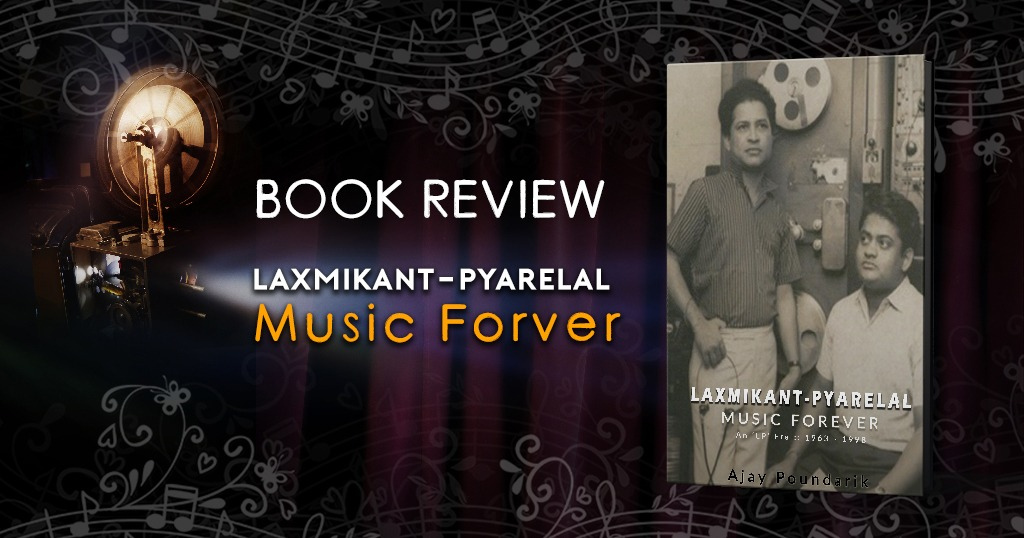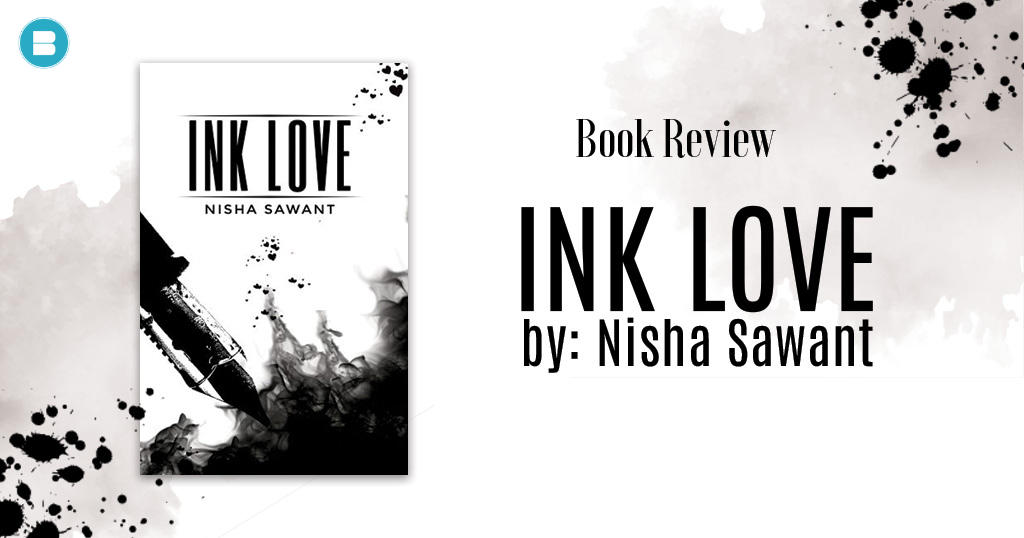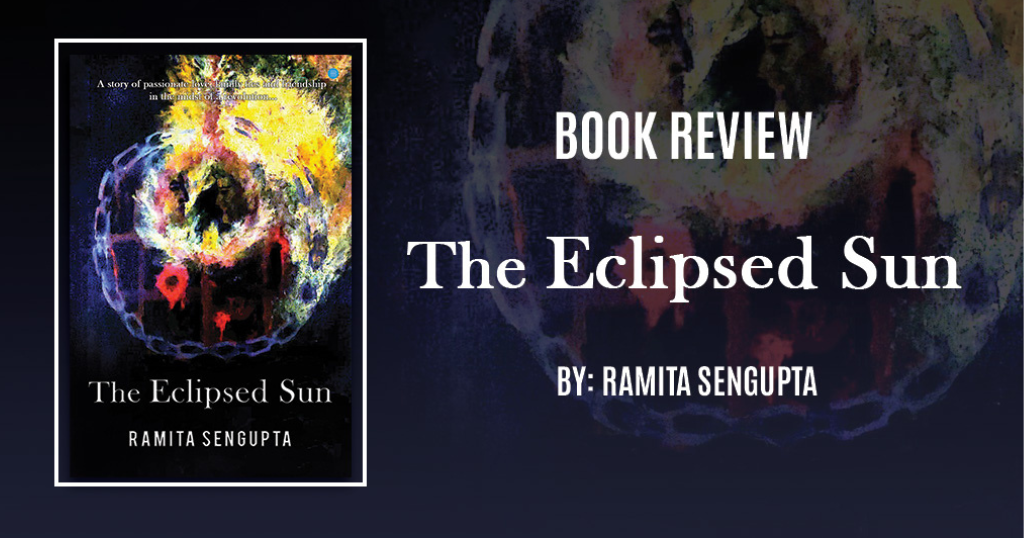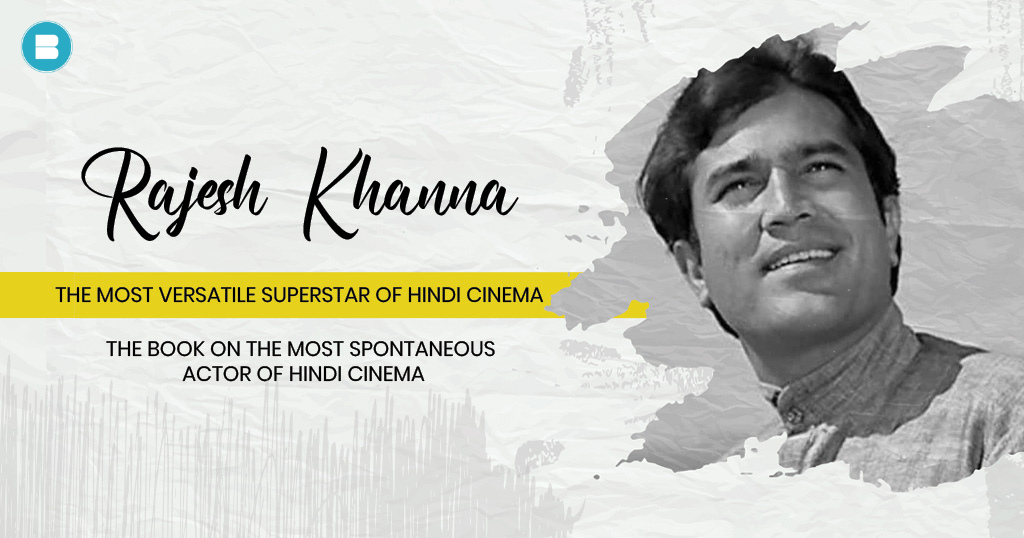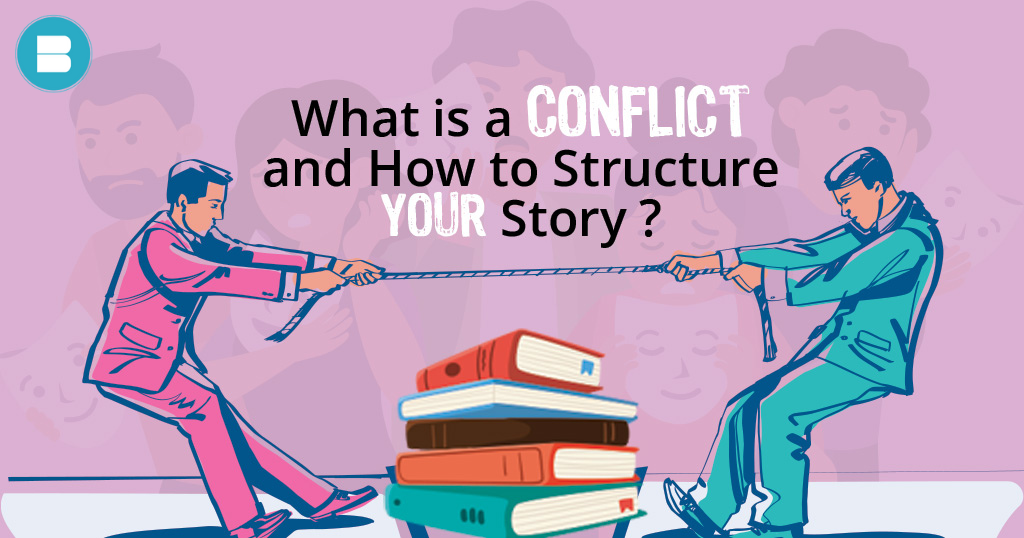
What is conflict in a story and How to structure your story?
The creation of conflict in a story is essential for good narrative. Soon after introducing the main character in a story, the conflict is established. The beginning of the action and the beginning of the story are both triggered by conflict. Every writer should be able to create interesting conflict. Read: Learn How to avoid Plagiarism in 10 easy steps. What is conflict in a story? Conflict is the collision of two opposing forces that provides the narrative thread for a story in both literature and film. When the main character battles either a personal conflict or an external conflict, there is conflict. Conflict unites two opposed forces—the protagonist, who fights for what they believe in, and the antagonist, who fights for what they oppose—and then develops and ends the conflicts between these two forces. What are the Types of Conflict in a Story? You can use one of the following six types of conflict to advance your narrative: Character vs. self Character vs. character Character vs. society Character vs. supernatural Character vs. technology Character vs. nature Character vs. self The plot of a story “must be a conflict, and specifically, a conflict between the forces of good and evil within a single person,” as writer Maxwell Anderson once stated. Even though that may be oversimplifying, every fascinating story will eventually touch on a character’s inner conflict. That’s becausea reader empathises with a character best when they are going through deep internal conflict. A disagreement that arises within a character will cause internal conflict. Any combination of the character’s expectations, aspirations, obligations, and anxieties could be the source of it. They must make a decision that could potentially alter everything in order to acquire what they want. Character vs. character Pesky individuals are troublemakers no matter where they go! This form of external conflict, which may be found in many, if not most, stories, centres on that. Character versus character can refer to obvious conflicts (cops vs. robbers, heroes vs. villains, etc.), as well as more nuanced types of interpersonal conflicts, such as romantic entanglements and family conflicts. Character versus character conflict is frequently represented via the classic “protagonist vs. antagonist” arrangement, in which the two main characters typically have polar opposite objectives. Character vs. society These days, external conflicts of this kind are particularly common in literature and set the individual against the group. In this instance, “the collective” could be represented by something like: a repressive administration, adults (from the viewpoint of a teen), or widespread corruption Society will put pressure on us to change and fall neatly into order in this kind of struggle. However, our protagonist will fight against this shift and, in some situations, will attempt to reshape society to meet their ideals. Similar to the tale of David and Goliath, our hero must overcome a difficult obstacle, yet the reader retains faith in “the little guy” to succeed. You may also like: Top 10 Real Life Stories to Read Online Character vs. supernatural Your hero is likely engaged in battle with supernatural powers if they come up against something that defies reason or science! In addition to exploring irrational concerns and bizarre everyday occurrences, supernatural fiction can also use this kind of tension, as some authors do to produce rip-roaring tales. Character vs. supernatural confrontations commonly pit the hero against the powers of destiny, religion, ghosts, gods, demons, or aliens. Character vs. technology The human race and technology have had a rocky relationship ever since the beginning of the industrial period. Others have used scientific advancement to challenge our morality, patience, and greed. Some regard it as a defiance of God and the natural world. Character vs. technology may conjure up images of a Terminator-style robot catastrophe, but this kind of struggle may also be as unassuming as someone trying to teach their Grandma Millie how to use emojis! Character vs. nature How do you think you would fare against Mother Earth? That is specifically what our protagonists are up against in this kind of conflict. The enemies in this kind of confrontation can never be reasoned with, whether they be animals (Jaws), natural disasters (The Day After Tomorrow), the weather (The Perfect Storm), or a post-apocalyptic environment (The Road). The focus of “character vs. nature” conflict stories is typically on a character’s ability to survive. Our heroes will frequently come to realise that “character vs. self” conflict (which we shall discuss later) lies at the core of their story arc in the absence of a human enemy. What are the structures and how they are different from each other? In a novel, the sequence in which events are arranged into a beginning, middle, and finish is known as the story structure or narrative structure. The plot’s development and the reader’s introduction to the story’s motivating elements (characters, challenges, place, etc.) are directly impacted by the structure of the work. Read: List of Top 15 Most Famous books on Hindu Mythology. A tightly regulated narrative framework ensures that all of the reader’s questions are resolved, that there is a climax followed by information and resolution at the conclusion of the story, that the characters’ growth is furthered, and that any major conflicts are resolved. To put it another way, a well-structured plot results in a rewarding narrative experience that satisfies the author’s objectives. Let’s look at three of the most popular story structures used by writers: Freytag’s PyramidFreytag’s Pyramid is a five-point dramatic structure that is based on the traditional Greek tragedies of Sophocles, Aeschylus, and Euripedes. It is named after a German novelist and dramatist from the 19th century.STRUCTURE– Freytag’s Pyramid is a five-point dramatic structure that is based on the traditional Greek tragedies of Sophocles, Aeschylus, and Euripedes. It is named after a German novelist and dramatist from the 19th century.– Rising motion or rising. The protagonist works hard to achieve their objective. The stakes increase.– Climax. a place where the protagonist can no longer turn around and return to the previous situation.– Return or…

How to Write Story Plot? Tips, Tricks & Types of Story Plot
How to Write Story Plot? The series of interconnected events that make up a novel’s narrative is known as the plot. A fictional storyline typically culminates in a climax and a resolution at the conclusion of the narrative. Of course, one of the foundations of good storytelling is the writing of the story plot. Some claim that the plot is the what of the story if characters are the who and the theme is the why. Read: Complete Guide on How to Self Publish a Book For Free.. It is not a string of unrelated events. Usually, the narrative elements and the events must be connected in a cause-and-effect manner. According to E.M. Forster, the fact that the king and queen both passed away is not part of a plot. But the fact that the queen passed away after the king died is one because it illustrates a causality in the sequence of scenes. How to Write a Fulfilling Plot? There are six elements necessary for a successful plot: Exposition Inciting Incident Rising Action or Progressive Complications Dilemma Climax Denouement These are the main plot points in a story, and they are necessary for all forms of creative writing, including novels, screenplays, memoirs, short stories, and other genres. Because they are what give stories movement, tension, and action, even accomplished authors who do not consciously use them do so subliminally in their work. – Exposition Characters and the setting are introduced in the exposition at the start of the story. This is where you show your readers what “normal” is for your characters even though this is not where all of your world-building takes place. When we get to the next level, readers will understand what’s wrong because of this. – Inciting Incident An occurrence that throws the main character into a difficult situation, upends the status quo, and starts the story’s movement—either in a positive or bad direction—is known as the inciting incident. The climax and denouement mark the conclusion of this movement. – Rising Action or Progressive Complications The most of the conflict occurs in this section of the story, which is also its lengthiest. You know that proverb that says to climb a tree and then throw rocks at your characters? It’s time to throw rocks. This is the point where the stakes are raised and the story’s climax is started to develop. It is essential that your readers are aware of the issues at hand and that they have a clear understanding of the conflict. – Dilemma The moment when a character is forced to make an impossible decision is the most crucial one, and it is what you have been building up to. – Climax The big moment is now! The resolution of the conflict is determined by the character’s decision in the dilemma. If you got it well, this will be the most tense—or least tense—moment in the entire story, making your readers uneasy. – Denouement At the conclusion of the novel, you’re setting up “normal” once more—but this time, it’s the new normal, taking into account the changes and experiences of your characters. Your readers can spend some time adjusting to your characters’ new normal with them, emotionally closing up the story so that they can put the book down without turning back to see what they missed. The scene closes with sufficient closure to merit the two words: The End. You may also like: Top 10 Real Life Stories to Read Online How to construct your characters according to the need of your story plot? Now that you have the plot, you need to construct your characters according to the plot. Some pointers for creating a protagonist are as follows: Give the main character weaknesses. Heroes and protagonists don’t have to be ideal human beings. In actuality, those heroes are frequently uninteresting. Great characters come from the struggles they go through, and credible characters have weaknesses like real people do. Create an arc for the hero. A good character changes in some way during the course of the narrative. The character arc refers to this transition. You can also decide to develop a main character who stays the same, but that choice needs to be deliberate. The following are some pointers for creating an antagonist: Assign morality to the antagonist. Your protagonist should experience a crisis as a result of a villain’s goals. Every villain needs their own moral code, no matter how twisted. Give a villain realistic motivations if they kill off characters throughout the course of the story. Give the reader a clear understanding of the villain’s motivations for their atrocities by making those reasons specific to their background and upbringing. Make the antagonist strong. The success of your primary character should not be perceived as being simple by readers. Your antagonist must to be even more potent than your hero, not just comparable. The following are some pointers for creating secondary characters: Make sure they are complementary. The essential roles of secondary characters include helping the protagonist with different skill sets, acting as a sounding board or source of emotional support, falling into difficulty so that the protagonist can rescue them, and even providing comic relief. Make them the opposite. The best literary sidekicks are often oppositional and actively work to bring down the main character. Imagine Dr. Watson criticising Sherlock Holmes for abusing drugs. Giving supporting characters contrasting viewpoints enables you to examine your topics, locations, and morally ambiguous situations from a greater range of angles, maintaining complexity and retaining the reader’s interest. You may also read: WhiteSmoke Review: Features, Pricing, Pros and Cons
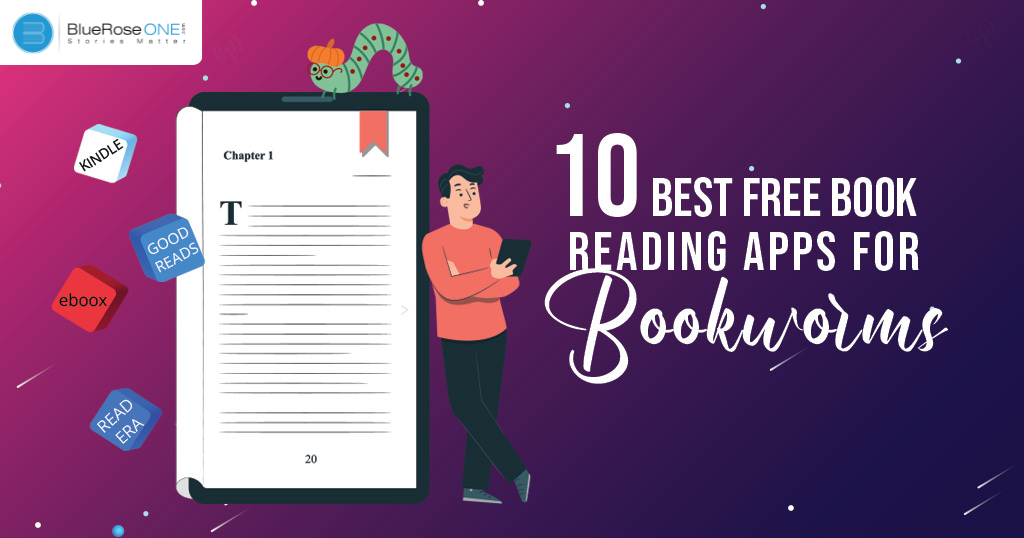
10 Best Free Book Reading Apps for Bookworms
Looking for best free book reading apps? Book in hand, coffee by your side, and soothing music in your background – isn’t that so dreamy? From ages and even now the beauty of reading is a book in your hand and quiet atmosphere. But sometimes it becomes a bit difficult to take this aesthetic around with you. Smartphone have now become the new books for avid reader like us. Headphone set the mood and coffee in one hand – there is your peace. While it may have been difficult to conceive combining reading and smartphone use just a few years ago, the two now go hand in hand. We certainly live in exciting times, and while reading has been a tradition for thousands of years, current times demand that we adapt and change the way we read. But where do you read? What platform should you go? Huh? What? Lots of questions and yet you have lots of choices as answers. A reading app, as the name implies, is a mobile application that you may download and install on your device to assist you read or organise your reading. While some reading apps are dedicated to allowing you to read without purchasing paperback books and even offer extra features such as the ability to listen to books rather than read them, others are more focused on helping you track your reading and reading habits. Of course, some authors integrate these two primary elements into comprehensive answers for modern readers. Read: How to avoid Plagiarism in 10 easy steps. Reading apps, often known as book apps, have been available for a few years, but their popularity has recently skyrocketed. These apps seek to address many challenges that the modern reader has, and they are quite effective in giving a better reading experience. So here are 10 free book reading apps that can become your saving grace – BlueRoseONE Kindle Aldiko FB Reader Wattpad Galatea Quotev Webnovel/Inkstone Webtoons Litsy 1. BlueRoseONE This is an amazing website curated for the readers who are possibly thinking to become writers or avid reader. This platform provide you multiple stories written by budding writers and also allows you to write as well. From every genre to every language BlueroseONE shows you a book – whether it is a short story, novel, novella, poetry, compilation of articles and what not! It has nothing that bounds you from reading whatever you want. Easy interface and many many books – what else does a reader want. 2. Kindle One of the most well-known free reading apps is Kindle, which was created by Amazon to make it easier for customers to download books, articles, and other useful information. To ensure a fantastic reading experience, this reading app has a built-in dictionary and a text-highlighting option. With the Kindle ebook app, you can easily download books for reading and sharing from the Kindle store. Because it is available on practically all mobile platforms, it is also a practical reading alternative. 3. Aldiko This app’s extremely adjustable reading experience is its most intriguing feature. enables viewing of ePub, PDF, and Adobe DRM-protected files and allows you to browse the app’s selection of new readings, which includes many free classics. You can add as many audiobooks as you like, underline important passages, and make notes while reading if you choose to subscribe for the Premium edition. 4. FB Reader The most popular ebook formats are supported by this reading interface, which is also very customisable so you may design your own online reading space. Uploading books to Google Drive and connecting to the app will allow you to access reads from your library or bring your own books. A premium edition is also available with more features. You may also read: A Complete List of Anuja Chuahan Books 5. Wattpad Wattpad is for you if you need to jazz up your reading game. It’s a brand-new platform for the digital era that allows authors to communicate with readers directly. Reading has a community feel thanks to Wattpad. By making a comment on a specific chapter, sentence, or phrase inside a book, you can engage in conversation with other readers. Every genre introduces the user to a different setting where they can explore or find inspiration. The app invites you to take part in writing competitions, grow your fan network, or contribute to the stories it chooses to feature. Wattpad will assist you in transitioning from reader to writer. You may expand your audience by utilising the Wattpad community. Some stories are also turned into movies that may be watched online! 6. Galatea A beautiful app that’s amazing for reading various fiction genres – from crime to comedy and hate to love; you can find every genre with the most exceptional content. The software, developed by writing social network and publisher Inkitt, has a wide variety of special effects that are intended to engross readers in a story. The content is constructed with internet-era attention spans in mind, delivering one brief syllable at a time, and includes sound effects, visual effects, and even haptic feedback. 90,000 authors who have published over 300,000 stories have been part of its community of over one million users. 46 of them have become bestsellers. You may also like: Get Good with Money by Tiffany Aliche: Book Summary & Review 7. Quotev Founded in 2008, Quotev is an innovative site for tests, tales, polls, and surveys. Publishing your own works, sharing them with others, adding them to your library to get updates, and following other writers or readers are all options. Talk about other people’s works, share and comment on updates with your followers in activity posts or journal entries, and chat with others in groups or messaging. Quotev is another universe for the OG online readers. 8. Webnovel/Inkstone As an online literature platform that blends copyright licencing and cooperation, Webnovel has made an interactive online reading experience its core. Free chapters are available for readers to peruse before choosing to…
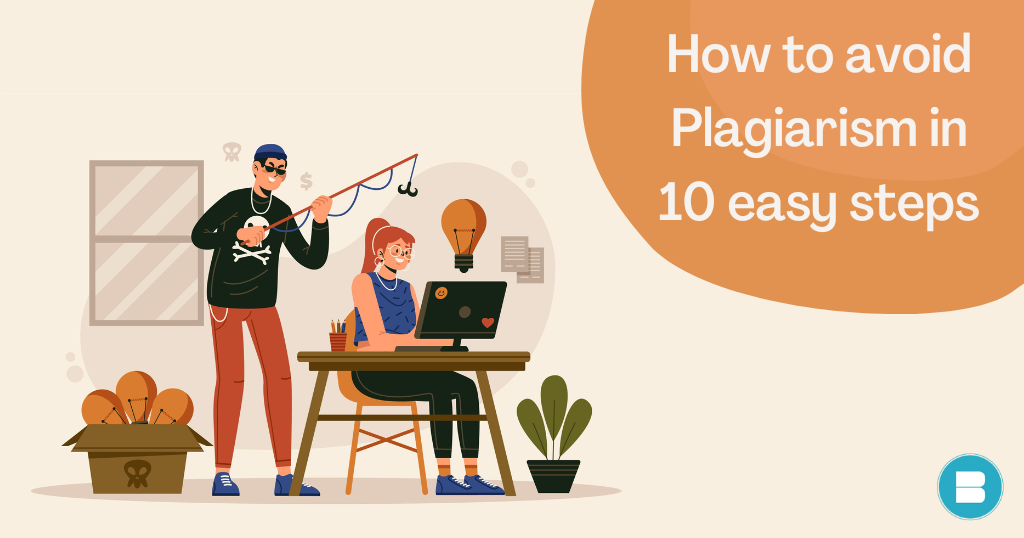
How to avoid Plagiarism in 10 easy steps
Want to know How to avoid plagiarism? We got a solution for that. A sort of fraud, theft of intellectual property, and general act of dishonesty, plagiarism is. Unfortunately, even the most brilliant people in our culture occasionally feel the urge to copy someone else’s ideas. Not only is plagiarism immoral, but it is also punishable in a number of ways. An excellent illustration of how stealing intellectual property may derail a good career is Guttenberg, who was already highlighted. In addition to losing his doctorate and losing his position in the German government, Guttenberg also had his well-earned reputation destroyed. There are various free plagiarism checkers online that can make your job easy. A plagiarism detector searches for similarities between your content and other texts using sophisticated database tools. Behind the scenes, online plagiarism checkers analyse and crawl web content, searching for similarities between your text and a database of already published online materials. The examination of keywords highlights exact matches. Read: List of Top 15 Most famous books on Hindu Mythology. A few checkers can also detect partial matches (paraphrasing plagiarism). The checker normally shows you a percentage of plagiarism, emphasises the plagiarism, and names the sources. Some free online plagiarism checkers are Scribbr, Quetext, Grammarly, Unicheck, and PlagScan. List of 10 tips on how to avoid plagiarism: Begin early. Cite all the sources. If you are quoting directly, make it clear. Learn the rules for your chosen citation style. Paraphrase Make sure you cite yourself. Use a plagiarism checker online. Add your own work too. Reference page Before submitting your work, double-check it. 1. Begin early. Making sure you give yourself adequate time to complete a paper will make it simple for you to avoid plagiarism. In a hurry, it is simple to overlook something. You’ll be miles ahead if you have enough time to do your research and concentrate on your content. We are more likely to make careless errors when we are under pressure. 2. Cite all the sources. Citing your sources is one thing, but if you don’t do it properly, it won’t really mean much. Make sure you are applying the standards correctly and that you are aware of them for the paper you are working on. Even if you’re making the best effort, you could still make a mistake. 3. If you are quoting directly, make it clear. Generally speaking, you don’t want to quote verbatim too frequently. However, if you must, use quotation marks and cite the page number of the relevant source. By doing this, your boss or a potential reader will know where to seek for this particular statement. You may also like: Print on demand vs. Traditional Publishing: Which is right for you? 4. Learn the rules for your chosen citation style. There are several citation formats, including APA, Chicago, and MLA. All you have to do is follow your method’s instructions. Additionally, the citation managers can aid you in that. 5. Paraphrase Although there is a way to avoid stealing someone else’s ideas, you should still give credit when credit is due. When you can rework a sentence without losing its meaning, paraphrasing is effective. You cannot simply take out one term and substitute another; you must write it in your own words. 6. Make sure you cite yourself. The term “self-plagiarism” exists. At first glance, that might appear strange, yet it makes total sense. Please cite any of your prior work that you use. 7. Use a plagiarism checker online. There are many reliable online plagiarism detectors. The case for avoiding plagiarism is the same. To double-check your work, run it through a checker quickly. A quick check through a plagiarism checker online could save you a lot of trouble later. You may also like: What is upfront fiction? Definition, Traits and Examples 8. Add your own work too. While writing your book or research paper, it is very important that you add your own ideas. Don’t attempt to use every piece of information from your sources. By contributing some of your personal insights, try to bring some worth to the subject. It demonstrates your familiarity with the subject at hand. Only thorough inquiry that continues until everything makes sense can do this. 9. Reference page. A reference page at the end of your article is another simple technique to prevent plagiarism. As you do your research and decide what you want to include, simply add to this list. When you are finished with your report, do not attempt to do it because it is simple to overlook something crucial. 10. Before submitting your work, double-check it. As previously stated, there are numerous platforms available for testing for plagiarism online. A first check is provided for free by programmes like Grammarly. There are also other, more sophisticated paid options on the market. They provide sophisticated algorithms and a sizable publication database. Read: Author Rashmi Trivedi: Coming with her next book.. The act of directly duplicating another person’s words or citing or paraphrasing their ideas, research, or analysis without giving due credit are both examples of plagiarism. Even inadvertent plagiarism occurs when you cite someone else’s work without giving proper credit. The easiest method to avoid plagiarism is to carefully arrange your work, ensure that you are familiar with your sources, and acknowledge the sources of your own ideas. Publish your book for free with BlueRoseONE and become a bestselling author. Don’t let your dream of becoming an author fade away, grab the opportunity now and publish your book – be it fiction, non fiction, poetry or more.

Top 10 Advantages of eBooks over Printed Books
Looking for advantages of eBooks over Paperbacks? We got the answer for that. The battle between printed books and digital books is an age-old one. There are and will be supporters of both physical books and electronic publications (eBooks). With the growing number of tech-savvy individuals, every service provider is digitising their offerings in order to cater to this enormous community of digital consumers. For quite some time, digital publishing has loomed enormous above print versions. Despite the onslaught of digital devices and their apparent increased appeal, print publishers remain strong. Read: What are the main elements of Creative writing? When you compare the two, you’ll see that while printed hardcover books are popular for their authenticity and the feel of holding a real book, eBooks are more functional and do considerably better in terms of portability. Let us look at some of the benefits of eBooks over traditional printed books. One device, many books Good for the eyes Cost Efficient Eco-friendly Space/Capacity Long-Lasting A dictionary at your service Read Aloud Feature Interactive Elements Unlimited book for book lovers You may also like: Positive Character Traits And Why They Are Crucial • One device, many books You can read as many books as you wish on a single device. Students profit the most from it because they no longer have to carry a bag full of books about with them every day. It enables the user to keep a large number of books on the device, many more than anyone can read in a lifetime. eBooks are portable and lightweight, making them convenient to transport. Instead of lugging several heavy books, one eBook reader can store thousands of eBooks. It takes up very little room in your home and in your bag. There is no need to be concerned about storage space. • Good for the eyes These days, eReaders have capabilities that allow you to alter the brightness of the screen based on the time of day and your preferences. Many eReaders even offer a read in the dark mode, with lighting that won’t strain your eyes or disturb those around you. Users can even modify the text typefaces. They have the ability to change the text size. Essentially, eBooks ensure that your eyes are protected. You may also like: Top 10 Rhetorical Devices Every Writer Should Know • Cost Efficient Traditional physical books can be prohibitively pricey for no apparent reason. A book’s high price makes it unaffordable for many people all around the world. eBooks take fewer resources to manufacture than physical books because they do not require paper printing, paperback covers, packaging, or shipping. As a result, they are significantly less expensive. • Eco-friendly This is a truly eco-friendly alternative, and not only because of the trees. Electronic books contribute significantly to reducing the environmental impact of publishing houses and the printing industry in general. And the more individuals that switch to eBooks, the greater the advantages to nature. You may also like: Top 10 Real life Stories to Read Online • Space/Capacity One printed book is plenty. What if you need to transport five or even ten books? EBooks offer a very simple solution in this situation: you can now carry a full library on your pocket, eliminating the need for extra luggage during your journey. They conserve far more room, both tangibly and intangibly. Those of us who do not own large homes with a separate spacious room operating as a library are all too familiar with the problem of having no space for their books. This difficulty goes away when you convert to electronic format. • Long-Lasting Some may believe that because it is a new technology and device, the price will be more than that of printed books. But the truth is just the reverse. eBooks are far less expensive than printed books. Because there isn’t as much pre-production as there is in printed books. There are no book covers, no paper printing, no packaging costs, and no shipping costs. As a result, it eventually becomes considerably less expensive than a printed book. So, instead of spending money on printed books, investing in eBooks can really save money. As a result, eBooks are inexpensive. You may also like: What is Situational Irony?,Definition, Examples and Tips for Writers • A dictionary at your service You can utilise the built-in dictionary feature of many e-books to define an unknown word. Most devices allow you to do this simply pressing and holding the word you want to search up. Many e-books allow you to search through an entire book in seconds. Instead of turning page after page to locate what you’re looking for, you may easily search for information in an e-book. • Read Aloud Feature Text-to-speech and read-aloud capabilities have been built into eBooks. This allows users to listen to eBooks if they are too busy to read them, such as while driving or doing housework. This function is also beneficial to children and people with learning disabilities or vision impairment. It can also help the user comprehend how to pronounce a specific word. You may also like: International Publishing: Expanding Your Reach Beyond Borders • Interactive Elements Including interactive features in an eBook improves the reading experience. Audio and video can be incorporated in eBooks. External links can be provided to provide further information. The user can even save a specific page or discover a word quickly and easily. It also allows users to annotate. There are numerous interactive aspects that can be implemented to improve the overall reading experience. • Unlimited book for book lovers Anyone may probably recall a time when they badly needed a specific book but couldn’t find it in retailers or libraries. You may search and download any book you need using eBooks in a matter of seconds, regardless of geographical area or nation of origin. The electronic format has opened the door to an unlimited worldwide book collection. Read: Top 15 most famous books on Hindu Mythology. While paperbacks have their own advantages, the world is moving towards the digital…

